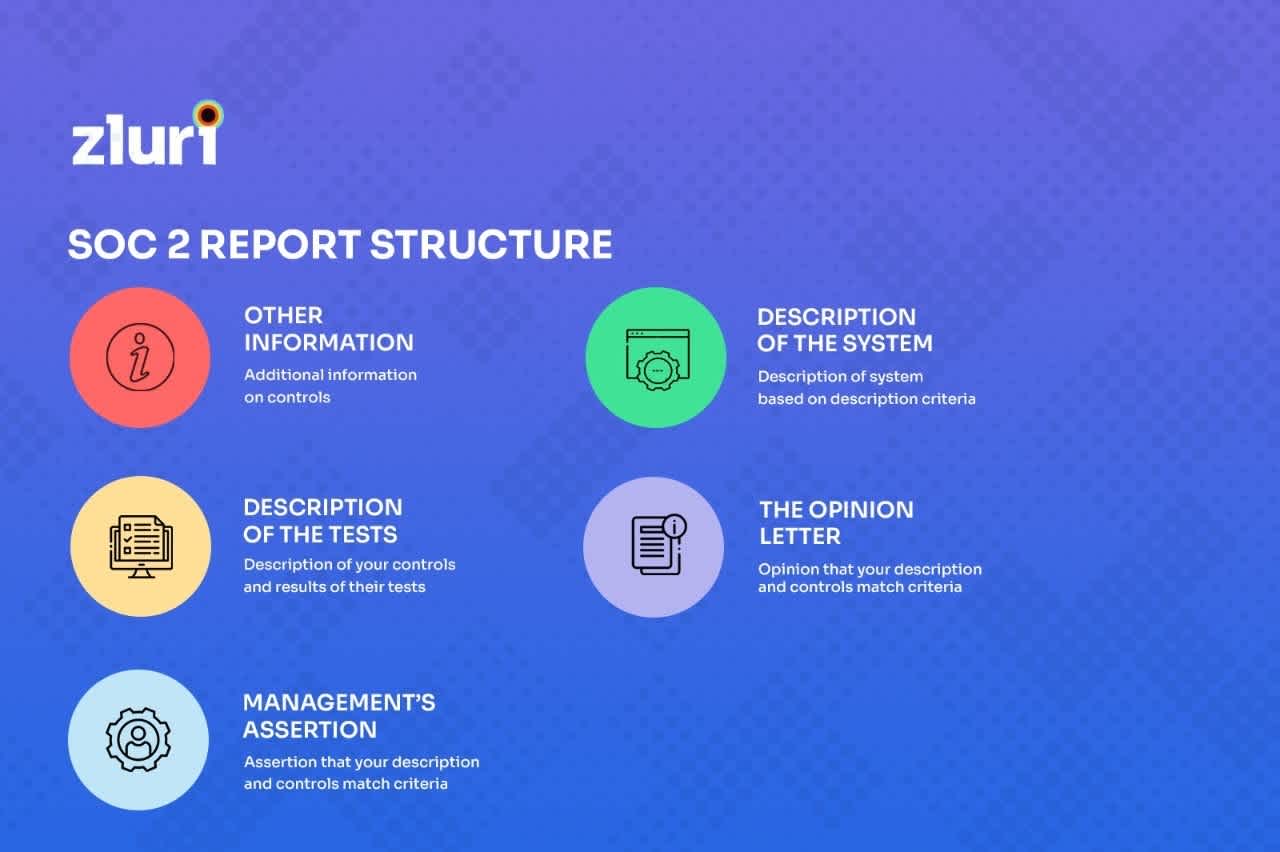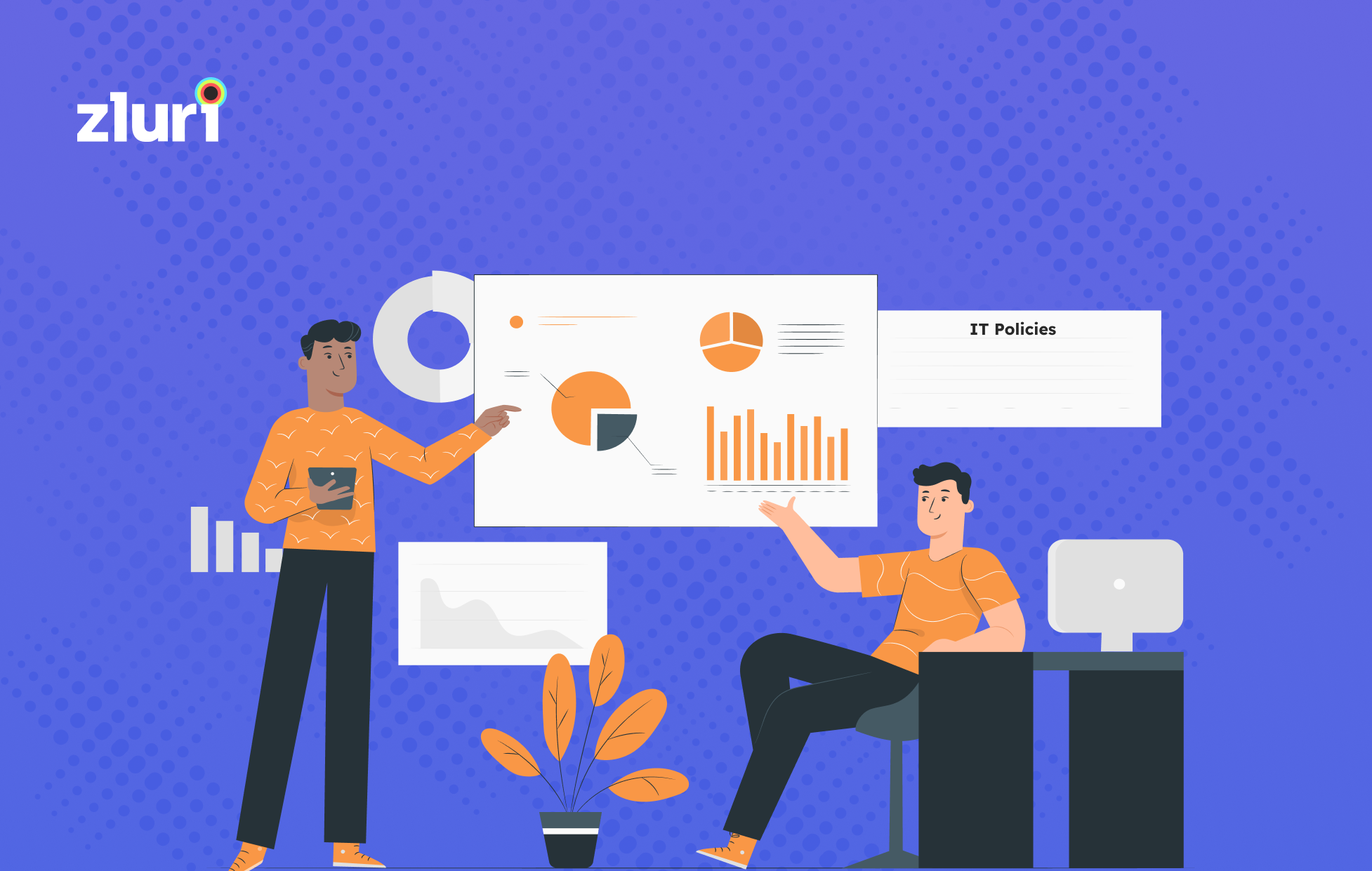Security & Compliance
• 5 min read
How to Get SOC2 Certified in 2024
4th January, 2024
SHARE ON:
Being SOC 2 compliant can be a competitive advantage for IT companies. It gives assurance to users that their data is secure and gives customer satisfaction. But getting certified and taking approval from an auditing firm takes time and a lot of effort. Depending on the industry you operate in, the primary criteria for SOC 2 report will vary.
SOC 2 stands for System and Organizational Control Level 2. It is an auditing process to ensure that a service provider who handles sensitive data of customers complies with certain criterias to secure sensitive information from external and internal threats.
SOC 2 sets guidelines and policies which an organization must always follow, not just limited to the time period for getting certification. IT teams must make and follow rigorous security and privacy policies to get certified for System and Organizational Control Level 2 (SOC 2).

Before you hire a certified public accountants (CPA) firm to run the audit, you can study the on the American Institute of Certified Public Accountants (AICPA) website in detail. This will give you a good understanding of the requirements and help you do a self-assessment before the auditing team arrives.
Make sure you are clear about your organization's goals for going through the audit. For example, if you want to break into a competitive overseas market like the US, System, and Organizational Control Level 2 (SOC 2) certification is a must-have. Alternatively, a client may insist on SOC 2 certification as a prerequisite for a contract. So, ensure that you have enough time to complete the process before bidding for a tender or pitching to a prospective client.
SOC 2 Compliance Process
1. Choose the Most Relevant Criteria
Choosing the right criteria becomes the basis for your System and Organizational Control Level 2 (SOC 2) report. The criteria you choose will have a major bearing on your future growth, so choose it carefully. Security is mandatory for every SOC 2 audit, the other four of the five criteria are optional.
These 4 criteria are availability, processing integrity, privacy, and confidentiality. We have written a detailed article on all the criteria, you can read it here: Preparing for a SOC 2 Audit? All You Need To Know
When in doubt, think about which criteria are likely to matter most to your customers and your business model. Most customers will expect you to have strong data security and access control credentials.
However, customer preferences are likely to change from region to region. Therefore, a good way to identify the most relevant criteria is to study national regulatory standards and interact with industry associations in your target markets.
For example, if your business provides financial services then data integrity is most important to show your clients that their transactions are complete, timely, valid, accurate, and authorized to meet the entity’s objectives.
2. Choose a CPA you Know Well

Choosing the right certified public accountants (CPA) firm is half the battle won. Firms with industry-specific auditing expertise can help you navigate the audit process and set realistic goals based on your chosen criteria. Also, these firms will help you choose the right criteria in case you are confused or in any doubt.
You can check the firm's reviews, ask in your network if they have worked with the firm before, and check their website for different clients with whom the firm had worked in the past. This will help you to get an idea about the firm while finalizing.
Though you may not have any control over who will do the audit, the right firm will consult with you to understand your business before assigning an auditor.
3. Choose the Right Type of Report
Make sure you choose the right report as it takes anywhere between three and six months to qualify. Remember, type I is a preliminary certificate if you’re doing it for the first time. After establishing the System and Organizational Control Level 2 (SOC 2) policy, you have to do a regular report on how you perform against it. To get the full benefit, a type II report is what you should look for.
SOC 2 Type II shows customers that you routinely monitor and optimize your workflows. You can even compile results from past SOC 2 reports and measure your progress over a period of time.
This data can be a great addition to your pitch decks, annual reports, or marketing materials, highlighting your commitment to data protection. Collect data, analyze, and iterate.
4. Check for Compliance with other Requirements
Some of the requirements for SOC 2 Report 2 compliance are similar to the requirements of other compliance such as the Health Insurance Portability and Accountability Act (HIPAA), Payment Card Industry Data Security Standard (PCI DSS), etc.
For example, all of them require data to be encrypted at rest and in motion. All of them require organizations to have access control measures. So if your organization is already compliant with them. This will help you to streamline the requirements for SOC 2 accordingly.
Each of these standards requires you to encrypt the data at rest and during transit, for instance.
5. Collect Data, Analyze, and Iterate

Now that you have finalized the criteria(s), certified public accountants (CPA) firm, scope, and other requirements, you can start preparing for the audit. Some of the guidelines which you can follow are:
The first step is to critically evaluate your current information technology (IT) policies, procedures and identify any gaps in documentation or the workflow itself.
Find out who all have access to the data. Understand whether there is any data threat. Monitor if employees adhere to the guidelines laid down by the IT department for data protection or not.
Next, think about how you can make the existing system even better in line with SOC 2 requirements.
Finally, check and validate whether the updates you have done work as planned in the production environment.
A self-audit can greatly increase the odds of successfully completing SOC 2 certification. It gives you confidence when facing external auditors!
SOC 2 Certification is Not an End in Itself
SOC 2 certification may give you more credibility in the markets you operate in. However, it should not be the end goal for any business. To meet ever-evolving regulatory requirements and client perceptions, your organization must have a well-defined strategic roadmap for risk and compliance.
Based on the industry you operate in, you may want to further add certifications such as Health Insurance Portability and Accountability Act (HIPAA), Federal Risk and Authorization Management Program (FedRAMP), Cyber Security Maturity Model (CMMC), and Health Information Trust Alliance (HITRUST). These will help you build customer relationships based on trust and integrity.
A better approach would be to club the various audit requirements into a common compliance checklist and qualify for multiple frameworks all at once. This will enable your team to build a true compliance culture that is second to none.
Further, if you’re using many applications, you must ensure that all are compliant with regulatory requirements. Otherwise, your organization may be levied with hefty fines. Managing compliance manually is tedious and prone to error.
You can use Zluri, a SaaS Management Platform (SMP) to get complete control over your SaaS stack. Zluri helps users to discover, optimize and secure SaaS applications. It enables businesses to explore and manage third-party SaaS applications as well as their security and compliance from a command center. It gives IT teams greater control over their tech stack.
Zluri helps you to automate time-consuming and repetitive IT tasks such as employee onboarding and offboarding, making it quicker and safer. Deprovisioning via Zluri can be done with ease with a single click.
During de-provisioning, Zluri doesn't stop at single sign-on (SSO) level authorization. It monitors the usage of the SSO system as well. For example, it monitors users for which apps they have access to, what level of permissions they have for the apps, their sign-in logs, audit logs, and access logs. If a user still has access to any app or has not been removed (in rare cases), Zluri alerts you that the user can still use the application.
Related Blogs
See More
Subscribe to our Newsletter
Get updates in your inbox
